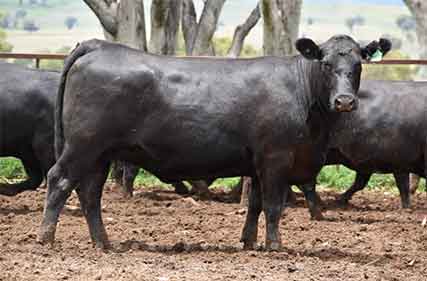 MLA’s Market Information team released the Restocker Yearling Heifer Indicator, the first release in a number of new and improved indicators which are the result of a wide-ranging indicator review process.
MLA’s Market Information team released the Restocker Yearling Heifer Indicator, the first release in a number of new and improved indicators which are the result of a wide-ranging indicator review process.
The Restocker Yearling Heifer Indicator includes yearling heifers bought by restockers weighing 200-400kg including all fat and muscle scores.
Users of the indicator will be able to filter for weights, fat and muscle scores on a state and regional level, ensuring more tailored and specific pricing information can be utilised to inform business buy and sell decisions.
To view the Restocker Yearling Heifer Indicator, click here
The cattle market continued to soften this week, with buyers indicating finished quality is determining price performance. Opportunities do remain for buyers to purchase stock to trade and add weight. A very solid market on Thursday at Dubbo and SELX Yass saw the EYCI rise 15c overnight and finish the week at 869c, a marginal fall of 6c/kg cwt week-on-week. Thursday’s price performance in the EYCI was reflective of a general improvement across most categories.
In the west, the WYCI also found support from a solid Mount Barker sale and lifted 22c or 2.6% overnight and week-on-week to reach 892c/kg cwt. At present, Mount Barker is operating at a 19% or 146c/kg cwt premium to its Muchea counterpart.
The medium cow indicator found support and improved 10c over the week to finish at 272c/kg lwt, with processor demand the key driver of this improved market performance. Currently, finished cattle prices are holding up better than young animals in an indication that processor demand for quality stock with weight and finish are in demand. This has provided producers an opportunity to offload heavier cull cows to allow their country to perform favourably.
Feeder buyers continued their cautious buying behaviour due to current challenges within the sector relating to input costs and labour. This saw the national indicator fall a further 8c week-on-week to finish at 442c/kg lwt.
Although the cattle market has receded sharply, it is operating in a more typical fashion as the year nears the end (i.e. buyer demand wanes and the market generally softens up). 2021 was the exception, although longer-term trends show these seasonal softenings in prices as the year ends are not uncommon.
https://www.mla.com.au/news-and-events/industry-news/weekly-cattle-sheep-market-wrap-9122022/
